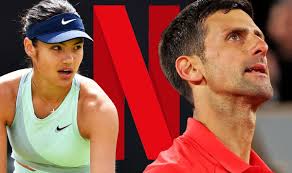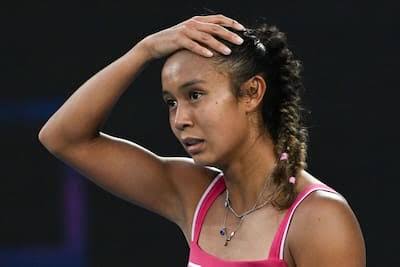
Jannik Sinner, one of tennis’s fastest-rising stars, recently returned to the court after serving a three-month ban related to a doping violation. The news sent ripples through the tennis world, raising concerns about the sport’s integrity and prompting debates on how such situations should be handled. While his return at the Italian Open marked a strong comeback, the circumstances surrounding his suspension have sparked both controversy and reflection within the global tennis community.
Sinner’s case began with a routine doping test taken after a tournament in late 2024, where traces of a banned substance were found in his system. The substance in question, identified as a metabolite of a corticosteroid used to treat inflammation, is prohibited in competition without a Therapeutic Use Exemption (TUE). Although Sinner had a medical prescription for the drug, he failed to file the proper exemption paperwork—a crucial misstep that led to his suspension.
Unlike cases of intentional doping, where performance-enhancing drugs are used to gain an unfair advantage, Sinner’s violation fell under the category of a “non-intentional anti-doping rule violation.” The International Tennis Integrity Agency (ITIA) and the International Tennis Federation (ITF) both acknowledged that the violation was procedural rather than malicious. As a result, the three-month suspension was viewed by many as a fair, if unfortunate, consequence of a regulatory lapse.
Despite the relatively short ban and the lack of evidence of intent, the case drew criticism from both fans and commentators. Some felt the penalty was too lenient, arguing that all doping cases must be met with strict sanctions to preserve the sport’s credibility. Others believed the punishment was unnecessarily harsh, particularly since Sinner self-reported the use of the medication and cooperated fully with investigators throughout the process.
During his time away from competition, Sinner stayed mostly silent, focusing on training and rehabilitation from a minor hip injury that had also sidelined him. His team released a brief statement emphasizing his commitment to clean sport and his intention to return stronger and more disciplined. The time off, though unintended, allowed Sinner to refocus mentally and physically, preparing for a high-stakes return.
His comeback at the Italian Open was met with both support and scrutiny. Playing on home soil, Sinner received a warm welcome from fans but also faced probing questions from media outlets about the circumstances of his suspension. Displaying composure and humility, he addressed the issue head-on, reiterating that the violation was a paperwork error and reaffirming his zero-tolerance stance on doping.
Sinner’s performance at the Italian Open sent a clear message—he’s not just back; he’s better. He advanced to the semifinals, showing flashes of the aggressive baseline play and tactical brilliance that had propelled him to a career-high ranking of world No. 2 before his suspension. The tennis world watched closely, eager to see if this young talent could reclaim his momentum and continue his rise among the sport’s elite.
The broader implications of Sinner’s case extend beyond his personal journey. For professional tennis, the incident underscores the importance of compliance education, particularly for younger athletes navigating the complexities of anti-doping regulations. It also reveals the need for governing bodies to streamline TUE processes and improve communication between players, coaches, and medical teams.
Additionally, the case raises questions about consistency in how doping violations are handled. While Sinner’s situation was clearly different from cases involving performance-enhancing drugs like EPO or anabolic steroids, the optics of any doping-related suspension can tarnish reputations and spark public distrust. Tennis authorities must balance fairness with transparency to ensure the integrity of the sport remains intact.
Some analysts see this as a potential turning point for tennis’s anti-doping policy. They argue for greater differentiation between administrative violations and intentional cheating. Creating a tiered system of sanctions and more education on medical disclosure could prevent future cases like Sinner’s, which stem more from oversight than deception.
Sinner’s case also reminds us of the intense pressure athletes face—not only to perform but also to manage complex regulatory requirements off the court. As tennis evolves into an increasingly global and professionalized sport, players will need stronger support systems to avoid pitfalls that have nothing to do with racket and ball, but everything to do with red tape and fine print.
In the end, Jannik Sinner’s story is not one of disgrace, but of learning and resilience. His return marks a new chapter—not just for him, but for the sport as a whole. As he regains his place among tennis’s top contenders, the tennis world must reflect on how to protect both the integrity of competition and the humanity of those who play it.




